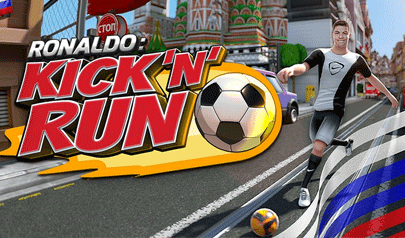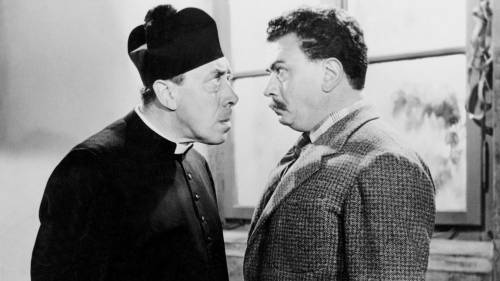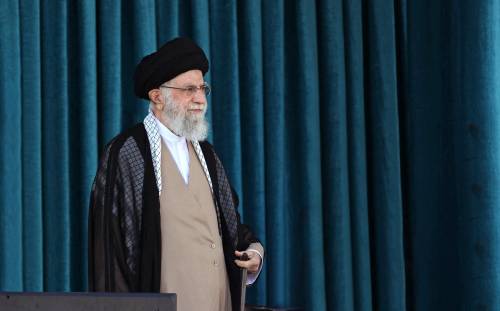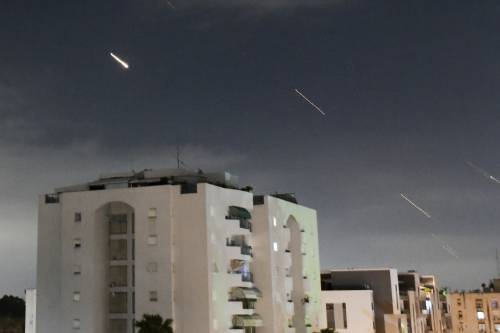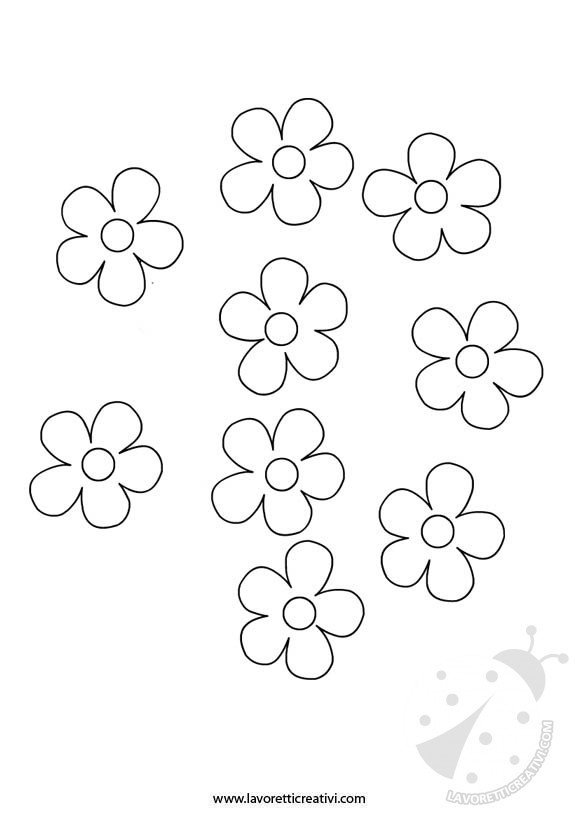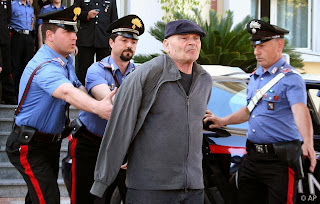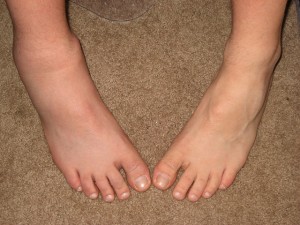 People tend to injure their ankles at least at one point in their lives. Adults who play sports and children alike can sustain an injury. For instance, kids can play outside with their friends and come home complaining about their ankle. They could also hurt themselves by jumping around the bed or playing by themselves at home. Games like basketball, football, soccer or running could cause some serious injury to ones ankle. It’s important to spot the difference on the type of injury suffered by the kids or adults as the injured ankle could have a sprain, strain or have a torn ligament. By knowing the signs, you could treat the injury appropriately.
People tend to injure their ankles at least at one point in their lives. Adults who play sports and children alike can sustain an injury. For instance, kids can play outside with their friends and come home complaining about their ankle. They could also hurt themselves by jumping around the bed or playing by themselves at home. Games like basketball, football, soccer or running could cause some serious injury to ones ankle. It’s important to spot the difference on the type of injury suffered by the kids or adults as the injured ankle could have a sprain, strain or have a torn ligament. By knowing the signs, you could treat the injury appropriately.
So, what’s the difference between a sprain, strain or torn ligament? A strained injury happens when you twist the ankle and is usually quite common as the tendon is only stretched but not torn. If it’s a sprained injury, the ligament is partially torn while the torn ligament injury has a completely torn ligament in the ankle.
Ankle injury usually heals by resting and protecting the injured part. Swelling usually occurs and an ice pack would help reduce the swelling. Typical advice by a majority of health care practitioners is to follow a typical advice: R.I.C.E. (Rest, Ice, Compression and Elevation). Though rest alone can heal the injured ankle eventually, as our body naturally can heal itself, this can take a lot of time without proper rehabilitation. Proper rehabilitation process will help to expedite the healing process of the surrounding injured soft tissues around the ankle. By rehabilitating the injured ankle, you allow the blood to flow into the area and scar tissue build up is prevented. It also gives you a lower risk of future injury as the ankle becomes much stronger and flexible.
Rehabilitation – The process of restoring a person to goo: health, condition, operation, capacity, and life – through the use of therapy and education.
Rehabilitation Therapy – acts as a medical treatment that restores, improves and maintains strength, fitness, movements, and function of areas of the body that have been injured or impaired.
Other treatments for ankle injury are also being offered or studied. One treatment is by thermal therapy for sprained ankles. What it does is it relieves the symptoms of the sprain through heat therapy. But, there’s a different effect for heat therapy as compared to cold therapy. If the sprain is more severe and there’s a lot of swelling, using heat therapy will only worsen it. For milder sprains, you can use the heat therapy treatment. For severe sprains, it has to be avoided.
In heat therapy, timing is important. Heat allows the blood vessels to relax and this means, it can swell. Make sure you time the treatment when the sprain already had a chance to heal enough and the swelling is down. Usually this is 3 days after the injury occurred. By using this therapy, you are allowing your ankle to improve its mobility but it doesn’t help in relieving pain. This is particularly helpful when you start feeling your ankle is stiffening.
Another treatment that is still being studied right now is the “cross-over” effect where you train your uninjured ankle and gain improvement on your injured and immobilized ankle. Clinical studies have shown a small percentage of improvement by training a non-dominant leg with the dominant leg and it’s believed to be the case for the ankles as well. This is because of how our nervous system works. It learns to coordinate movements from one part of the body to the other similar body part by improving it even if the other similar body part is immobilized.
At my clinic I use PT modalities (Electric Stimulation and Moist Heat combination, Ultrasound, Erchonia PL 5000 Cold Laser, Elastic Wrap, CMT (Certified Massage Therapy) and Manual Chiropractic Adjustment). Electric Stimulation helps to bring the pain level down in the first couple of week of the therapy and heat brings more blood to the injured area as well as allows it to be more relaxed for the next step. Next modalities are Ultrasound or Erchonia PL5000 Cold Laser. I alternate them with every other session. Next patient sees my CMT for 15 minutes, My massage therapist breaks the scar tissue down and moves injured ankle through its natural Range of Motion. After massage I adjust an ankle and wrap it witt an elastic wrap for a better support.
Question: Did You Ever Have Ankle Injury? What Kind of Rehabilitation process did you have?
